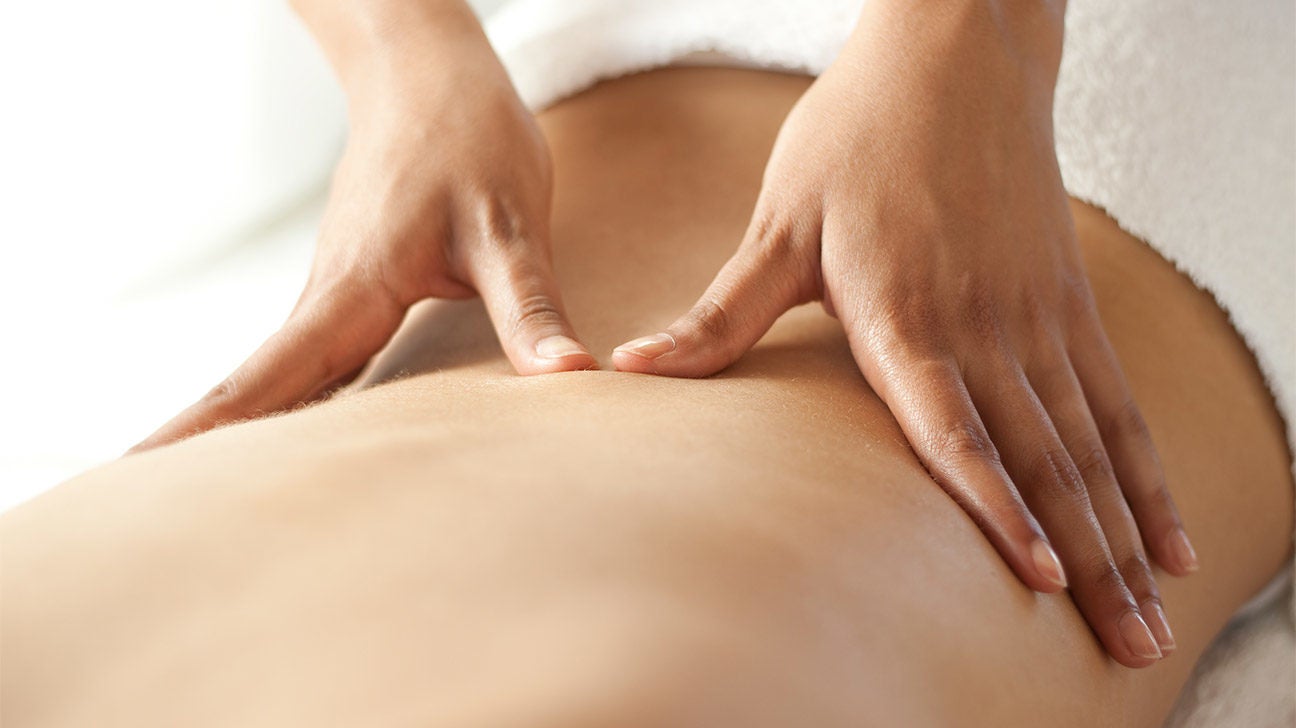
Image Source: Google
Lower back pain is a common ailment that can be incredibly debilitating. Whether it's caused by poor posture, muscle strain, injury, or a medical condition, the pain can significantly impact your quality of life.
While there are various treatment options available, such as medication and physical therapy, massage therapy is a natural and effective way to alleviate lower back pain. If you are in search of a massage that can make a difference in providing relief for lower back pain, you may navigate to this site.
The Benefits of Massage for Lower Back Pain
Increased Blood Flow
- Massage helps to improve blood circulation in the lower back area, which can reduce inflammation and promote healing.
- Increased blood flow also helps to deliver essential nutrients and oxygen to the muscles, helping them to relax and recover.
Release of Endorphins
- Massage triggers the release of endorphins, which are natural painkillers produced by the body.
- Endorphins help to reduce pain and discomfort, providing a natural form of pain relief.
Relaxation of Muscles
- Massage therapy helps to relax tight and tense muscles in the lower back, reducing stiffness and improving flexibility.
- By loosening up the muscles, massage can help to alleviate pressure on the spine and surrounding nerves, relieving discomfort.
Types of Massage for Lower Back Pain Relief
Swedish Massage
- Swedish massage involves long, gliding strokes, kneading, and circular movements to promote relaxation and improve circulation.
- It can help to reduce muscle tension and alleviate lower back pain caused by stress or minor injuries.
Deep Tissue Massage
- Deep tissue massage targets the deeper layers of muscle and connective tissue to release chronic tension and knots.
- It can be beneficial for individuals with chronic lower back pain or injuries that have led to muscle tightness.
Trigger Point Therapy
- Trigger point therapy focuses on specific points of tension in the muscles, known as trigger points, to alleviate pain and improve mobility.
- By applying pressure to these trigger points, therapists can help to release tension and reduce discomfort in the lower back.
Things to Consider Before Getting a Massage
Consult with Your Healthcare Provider
- If you have a pre-existing medical condition or injury, it's important to consult with your healthcare provider before getting a massage.
- They can provide guidance on the type of massage that would be most beneficial for your specific situation.
Communicate with Your Massage Therapist
- Be sure to communicate any concerns, preferences, or areas of pain with your massage therapist before the session.
- They can tailor the massage techniques to address your individual needs and ensure a positive experience.
Stay Hydrated
- Drink plenty of water before and after your massage to help flush out toxins released during the massage and prevent dehydration.
- Hydration is important for optimal muscle function and recovery.
